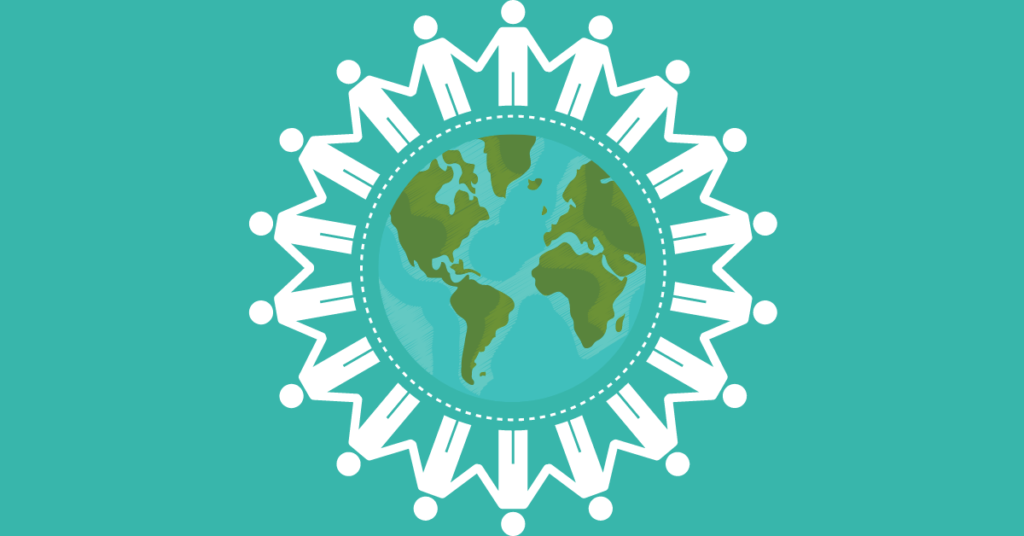
As part of a growing trend, humanitarians are now anticipating crises and acting prior to their onset, enabling faster, more dignified and more cost-effective humanitarian responses. Using data and analytical approaches we can now predict humanitarian shocks brought about by extreme weather, conflict and a range of other sources with increasing confidence.
Geospatial data, data visualisation and information management are critical to this type of anticipatory action. As a trusted leader in these fields MapAction has been selected to partner with Start Network to assist with their programmes of anticipatory and early action.
MapAction will use its expertise to provide hazard data analysis, real time hazard data, base maps and vulnerability analysis to the network. Together, we aim to provide locally led anticipatory action to enhance the coordination of disaster risk nationally.
The three year programme will see MapAction providing Start Network with data for eight vulnerable countries where it is implementing anticipatory finance projects. This will involve MapAction providing local information and visualisations for critical early decision making as well as implementation support.
Liz Hughes, MapAction’s CEO, said, “We are very excited to be working on this project as we believe it can make a real and lasting difference for disaster affected populations. MapAction will provide Start Network and its members with a combination of historical and real time hazard data analysis, vulnerability analysis, maps and more. By converting all of that into usable situational information and visualisations for critical early decision making, we can enable better informed humanitarian decisions, and ultimately save lives and reduce suffering.”
This work is being made possible by a consortium of partners including members of the Insurance Development Forum and Swiss Re Foundation, who aim to improve global risk understanding in order to help create equal opportunities and sustainable growth.
